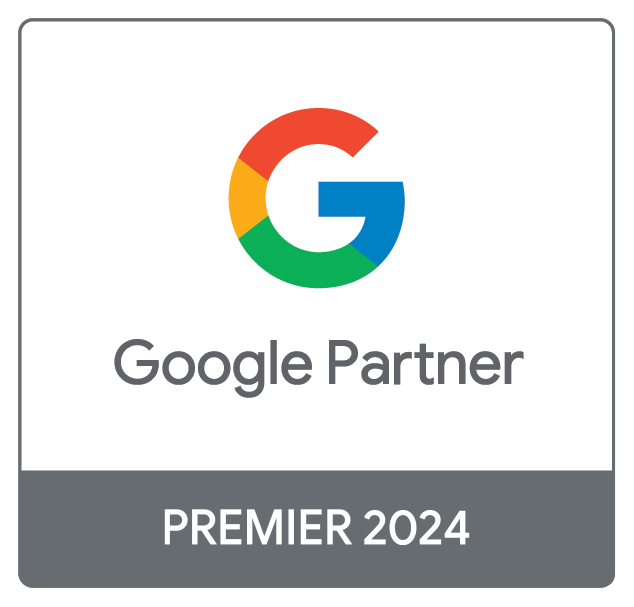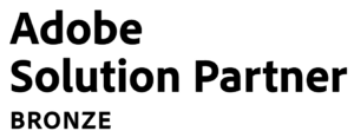Videos remain an essential asset for businesses and brands, with technology constantly advancing and showing no signs of slowing down. Every day, people want to watch more and more videos including visual content on YouTube, Instagram, TikTok or any other social media platforms. The video content delivers the message and information in an intuitive way and hits the right target audience (not literally!).
Well, B2B healthcare companies are not an exception to this tool. Business marketing decision-makers are turning to video platforms for purchasing research.
Video marketing has not only changed how businesses market themselves, but it also provides an opportunity for B2B healthcare companies to connect with professionals, showcase their expertise, build trust, and increase their target audience.
Let’s explore the do’s and don’ts of video marketing for B2B healthcare companies as we move into 2024. These will help you to navigate the dynamic marketplace and successfully reach your target audience.
The Do’s for B2B Healthcare Video Marketing
Educational Content
According to Wyzowl, 96% of marketers believe that video marketing has increased user understanding of their product or service.
In the healthcare industry, people keep looking for content and information to stay updated on the latest developments and healthcare solutions. The most popular types of videos for B2B healthcare have been product demos, social videos, live videos, and brand videos. Training videos were used by 45 percent of global marketers.
To establish your company as an authority, create educational videos explaining complex healthcare solutions, unique challenges, and complexities, highlight industry trends, and provide insights into medical advancements. This will help your company foster trust among your audience and build credibility.
Video Testimonials and Success Stories
Now, this is important. You ask, why? People typically don’t order food or eat at a restaurant without looking at the reviews and ratings, or when they order a gift or do online shopping. They tend to go through people’s reviews before buying it. People are more likely to engage with content that has proven results or has tangible evidence for the solutions’ effectiveness. BrightLocal reports that 98% of consumers read reviews to determine the quality of a business.
Start creating video testimonials or case studies that demonstrate the positive impact of your healthcare solutions. Showcase real examples of how your product and services have helped hospitals, clinicians, or healthcare organisations. Use your success stories to highlight measurable results and gain the trust of your audience.
Mobile-Friendly Videos
Video marketing appeals to mobile users. They are a driving force for the consumption of videos. According to Statista, by 2025, the number of mobile users worldwide will reach 7.49 billion. Many healthcare professionals access their information on the go on their smartphones or tablets, so ensure that your videos are mobile-friendly and easily accessible on the gadgets.
Optimise your video content for smartphones and other devices. Create a better video thumbnail and use the right aspect ratios — vertical, square, horizontal, or 1:1 formats. Optimise your mobile video to be audio-independent with clear video messaging and captions. According to a joint study by Verizon and Publicis Media, 69% of people watch videos without sound in public places, and 25% stay on mute even in private places. Hence, use clear captions and subtitles to turn your video content into an engaging video.
Interactive Webinars and Live Streaming
Virtual events are a perfect tool for fostering a sense of community and engagement. It allows the various hospitals, clinicians, and healthcare organisations to participate and engage in this two-way communication process to address concerns in real-time and gain a deeper knowledge of your products and services.
Host interactive webinars, virtual events, and live streaming from your website and your social media platforms to showcase your products live and explain your company’s solutions and services. This will add a human touch and allow your audience to have a real-time interaction with you and your brand.
Use the Right Video-Distributing Channel
Once your video content is created, it can be tempting to upload it to your platforms and start planning for your next strategy. But by doing this, you might risk a chance for it to reach the right audience.
Choosing the right distribution channel for your video marketing must consider the target audience, content format, and goals of your campaign. Here are some channels to consider for B2B healthcare companies:
- Other Social Media Platforms- Instagram, Facebook, Snapchat, TikTok or Twitter
- YouTube
- Email Marketing and Newsletters
- Company website and Blog
- Webinars
- Partnerships and Collaborations
Using the combination of the above channels can also help you maximise your reach and engagement.
Optimise your Video SEO
It is important for you not to overlook the importance of Video SEO. You want your content to be discoverable by the audience and not get lost in the vast online space. As per the Content Marketing Institute, the use of videos has increased to 75% for B2B brands.
Hence, optimise your videos with relevant titles, keywords, meta data, and transcripts to make content accessible to a wider audience and improve its search engine visibility.
The Don’ts for B2B Healthcare Video Marketing
Don’t Produce Lengthy and Poor-Quality Videos
In today’s fast-paced world, individuals, particularly healthcare industry professionals, are constantly on the move, making their time precious. Keeping the video short is impactful and increases the likelihood of capturing and retaining their attention. Create a video for not more than 120 seconds. The attention span is limited and engagement drops after that. According to Vidyard, videos that are 2 to 4 minutes long are seeing the biggest growth (up 53%).
Therefore, try to keep your videos long enough to cover essential content while focusing on delivering something valuable to your audience without going overboard. Don’t compromise on the quality of the video. Make sure that the video is clear and has engaging visuals to keep viewers interested throughout the video. Invest in good camera gear, high-quality lighting, and editing software to get a professional and polished result.
Source: Vidyard
Don’t Use Overly Technical Jargons
“Manen Ci, Len Hannon, Ele”
Can you understand these words? If not, then you are not a ‘Lord of the Rings’ fan! What would happen if you saw a video with these terms in it? You will lose interest and not engage in the video as these phrases might be a foreign language to you.
In the same way, videos for the B2B healthcare industry are very complex and difficult for a layman to understand. While it’s important to showcase your product’s features and expertise, an excessively technical approach might hinder communication. Overuse of technical terms might turn off viewers who are not experts in the fields. To make sure that a larger audience can understand your message, strike a balance between clarity and simplicity.
Don’t Undervalue Accessibility
Don’t overlook accessibility elements, and provide closed captions and audio descriptions for every voice-over or chat. Consider highlighting significant topics using visual on-screen text as well. By taking this extra measure, you can reach diverse audiences who are hard of hearing or deaf.
Don’t Overlook Data Metrics and Video Analytics
Ignoring video performance indicators might result in the loss of important information that would have helped future planning and content creation. Data-driven insights are essential for creating successful video marketing campaigns. To evaluate the success of your video, analyse metrics like view counts, engagement rates, and conversion statistics on a regular basis.
- Social media platforms like Facebook, Instagram, and TikTok provide basic analytics and will provide you with information like views and shares of posts you publish.
- Advanced analytics tools can help you provide concrete return-on-investment (ROI) information such as view duration and snippets of viewing behaviour, audience drop-offs, identify trends, and identify the contributions that your videos make to the sales cycle.
Don’t Ignore Healthcare Compliance and Regulations
The healthcare industry is heavily regulated. B2B service or product providers need to create video content that complies with data protection laws and industry regulations, such as the General Data Protection Regulation (GDPR). B2B businesses need to make sure that their video content adheres to all relevant standards. Whether it is data protection laws, patient confidentiality, or industry-specific rules.
Ignoring these requirements can result in the loss of potential business opportunities, the loss of trust among existing clients and partners, and legal action, including severe penalties.
Speak with your team of legal and regulatory experts. Make sure that your campaign is following all laws and regulations. And, that it is protecting the company’s name and reputation, and its stakeholders.
Conclusion
We encourage B2B businesses to explore video marketing for its potential impact on campaign effectiveness. With WBS, our experienced team, boasting over 15 years in healthcare industry campaigns, ensures cutting-edge strategies that lead the way. We employ modern analytics to monitor and optimise video campaign effectiveness, maximising ROI with real-time adjustments.








